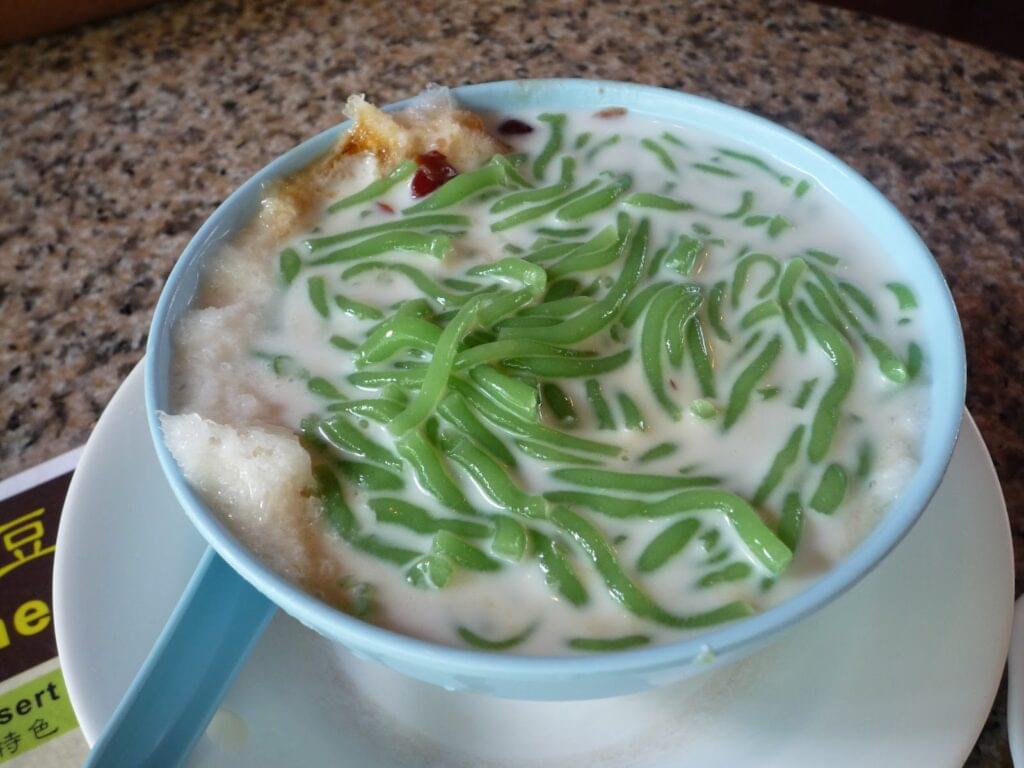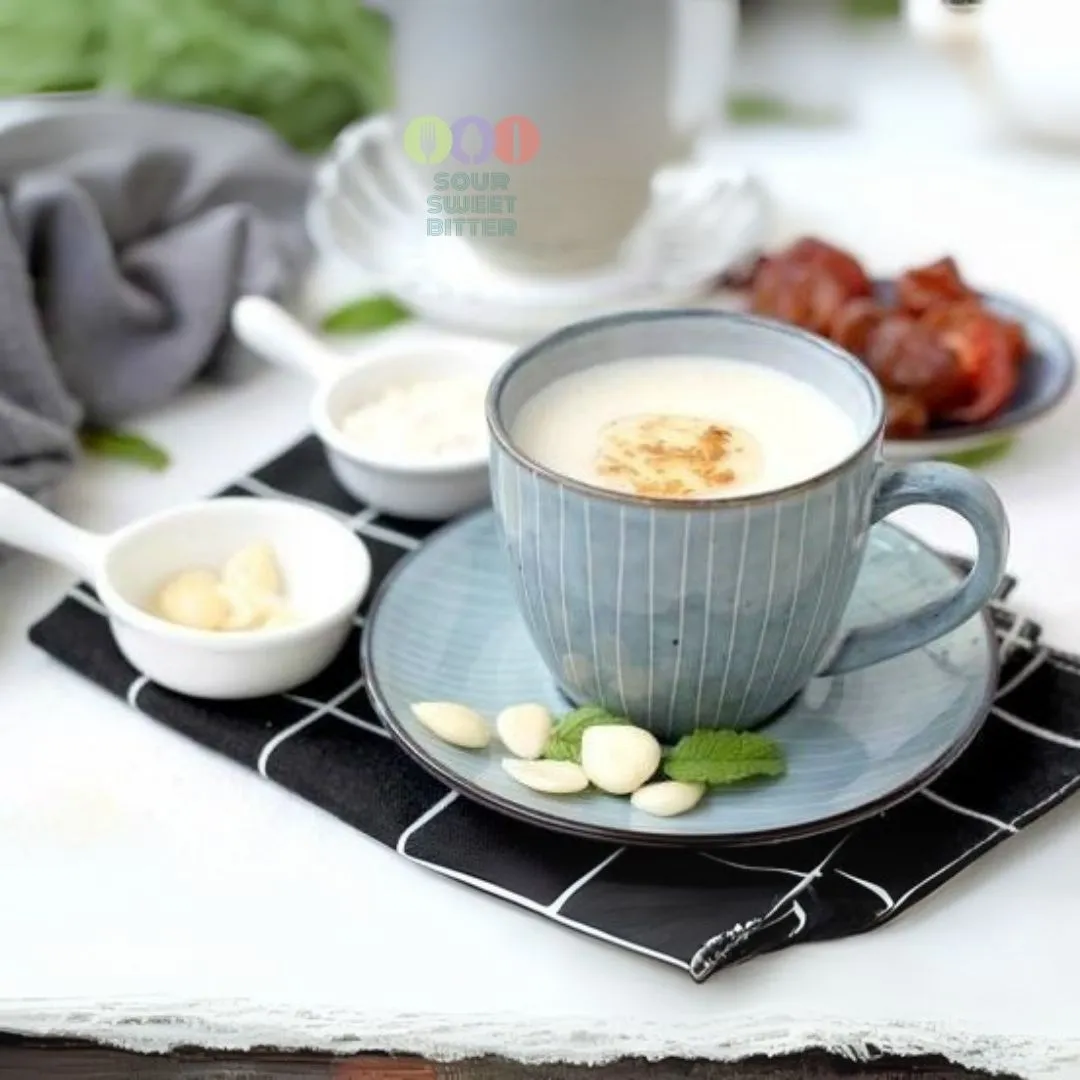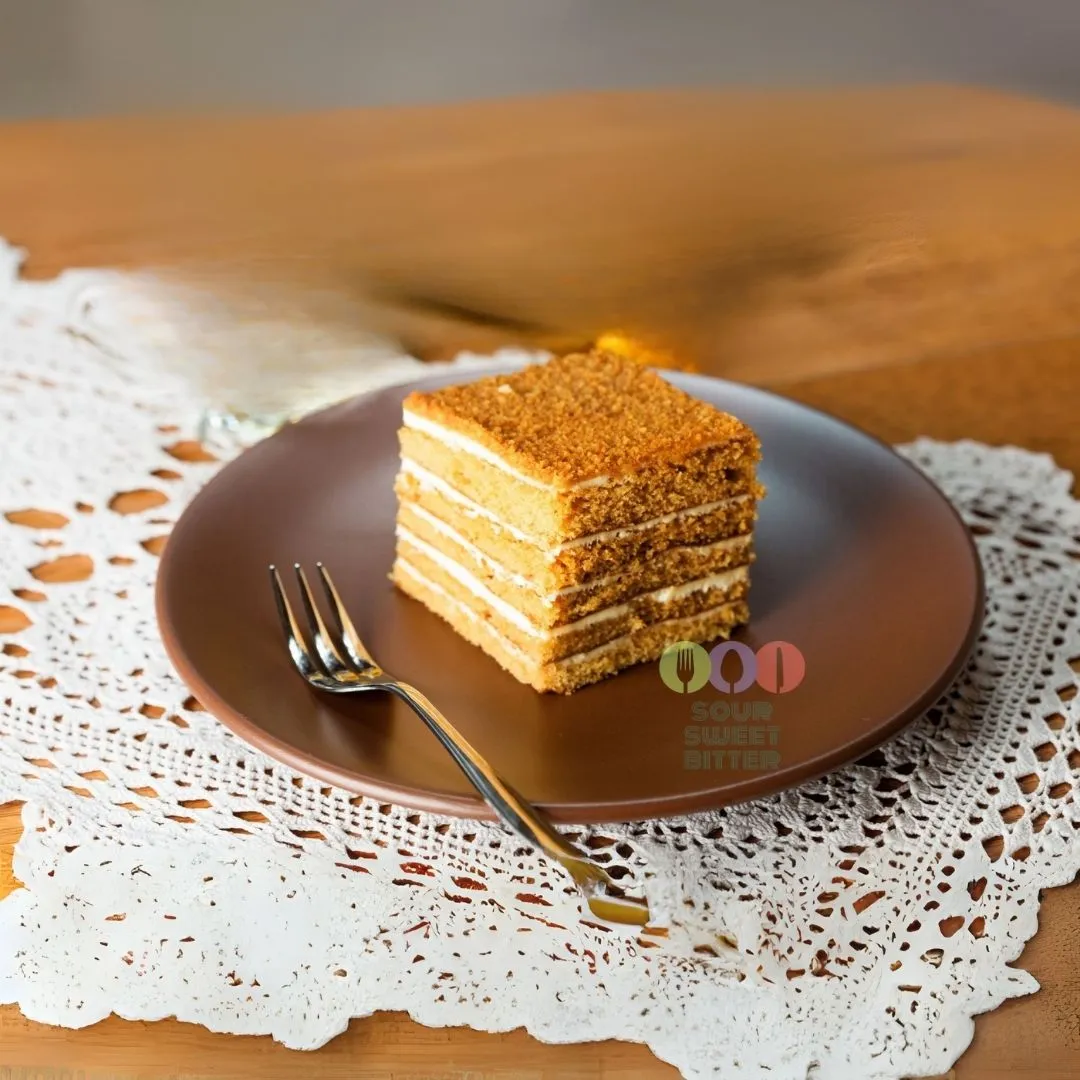Cendol: A Cool and Sweet Indonesian Tradition
Cendol is a beloved traditional dessert from Indonesia, celebrated for its vibrant colors, refreshing flavors, and rich cultural history. Made with pandan-flavored rice flour jelly, coconut milk, and palm sugar syrup, Cendol offers a delicious way to cool down in the tropical heat. This iconic dessert has been a part of Indonesian culture for centuries, enjoyed during festive occasions and everyday moments alike.
The Origins of Cendol: A Heritage of Sweet Refreshment
The history of Cendol dates back to the early days of Southeast Asian trade, where it became a popular street food and household treat. The name “Cendol” likely derives from the Javanese word jendol, meaning “bump” or “droplet,” a nod to the jelly’s unique shape. Early recipes used simple, locally available ingredients such as pandan leaves, rice flour, and coconut, reflecting the ingenuity of traditional Indonesian cooking.
Cendol’s popularity spread across the Indonesian archipelago, with regional variations adding unique twists. For example, some areas incorporate mung bean flour, while others use jackfruit slices or durian pulp for added flavor. Despite these differences, the core of Cendol—a harmonious mix of sweet, creamy, and earthy flavors—remains consistent.
Cendol holds a special place in Indonesian culture, symbolizing togetherness and celebration. It is often served at traditional ceremonies, weddings, and community gatherings, where its refreshing sweetness fosters a sense of joy and hospitality. The dessert is also a staple during Ramadan, offering a cool and satisfying treat after a day of fasting.
In rural areas, Cendol vendors carrying traditional wooden yokes still bring this cherished dessert to life. The familiar sound of a vendor’s call evokes nostalgia, reminding Indonesians of their shared cultural roots.
What Makes Cendol Unique?
The magic of Cendol lies in its balance of textures and flavors. The jelly, made from rice flour and pandan extract, delivers a chewy, slightly firm bite. Coconut milk adds a creamy richness, while palm sugar syrup contributes a deep, caramel-like sweetness. Often served over shaved ice, this dessert is the perfect antidote to Indonesia’s tropical heat.
Modern versions of Cendol sometimes include toppings like red beans, sweet corn, or grass jelly, enhancing its already delightful profile. These innovations keep the dessert relevant while honoring its traditional roots.
Cendol in Modern Indonesia
While traditional street vendors continue to sell Cendol, the dessert has also found a place in upscale cafes and restaurants. Many establishments now serve it as a creative twist, presenting it in elegant glassware or combining it with other modern desserts. For Indonesians abroad, this dessert serves as a nostalgic reminder of home, offering a taste of their heritage wherever they are.
Whether enjoyed on a bustling street corner or in a chic urban cafe, Cendol remains a symbol of Indonesia’s vibrant culinary culture. Its sweet, cooling flavors and rich history ensure that this dessert will continue to delight generations to come.mmon. Meanwhile, Thai versions might include mango or tapioca pearls. In Indonesia, cendol often features tropical fruits like jackfruit.
Discover Traditional Recipes from Indonesia Discover Traditional Asian Recipes You may like this also: Japanese Raindrop Mochi 10 Most Interesting Desserts from All Around the World
Indonesian Cendol
Ingredients
For the Cendol (Green Rice Flour Jelly)
For the Palm Sugar Syrup
For the Coconut Milk
Instructions
For the Cendol (Green Rice Flour Jelly)
-
100 grams rice flour
-
1 tablespoon mung bean flour (optional, for better texture)
-
500 ml pandan juice (blend pandan leaves with water and strain to get the juice)
-
1/2 teaspoon alkaline water (optional, for the green color)
-
A pinch of salt
-
Ice water (for setting the jelly)
For the Coconut Milk
-
400 ml coconut milk
-
A pinch of salt
For the Palm Sugar Syrup
-
200 grams palm sugar (gula melaka)
-
200 ml water
-
2 pandan leaves, knotted
Instructions
-
Preparing the Cendol (Green Rice Flour Jelly)
-
In a bowl, mix rice flour, mung bean flour (if using), pandan juice, alkaline water (if using), and salt. Stir well to combine.
-
Pour the mixture into a pot and cook over medium heat, stirring constantly until it thickens and becomes translucent.
-
Once thickened, immediately transfer the mixture to a cendol press or a sieve with medium-sized holes. Press the mixture through the holes into a bowl of ice water to form the cendol strands.
-
Let the cendol strands set in the ice water for a few minutes, then drain and set aside.
Preparing the Coconut Milk
-
In a pot, heat the coconut milk over low heat and add a pinch of salt. Stir occasionally and make sure it does not boil. Once warmed, remove from heat and let it cool.
Preparing the Palm Sugar Syrup
-
In a pot, combine palm sugar, water, and pandan leaves. Cook over medium heat until the sugar has completely dissolved.
-
Remove from heat and let it cool. Remove the pandan leaves before serving.
Assembling the Cendol
-
In a serving glass or bowl, add a generous amount of cendol strands.
-
Pour in the cooled coconut milk.
-
Add a few spoonfuls of palm sugar syrup to taste.
-
Top with crushed ice or ice cubes.
-
Serve immediately and enjoy this refreshing dessert!
-
Feel free to adjust the sweetness and the proportions of each component according to your preference. Enjoy your homemade cendol. Selamat makan!











